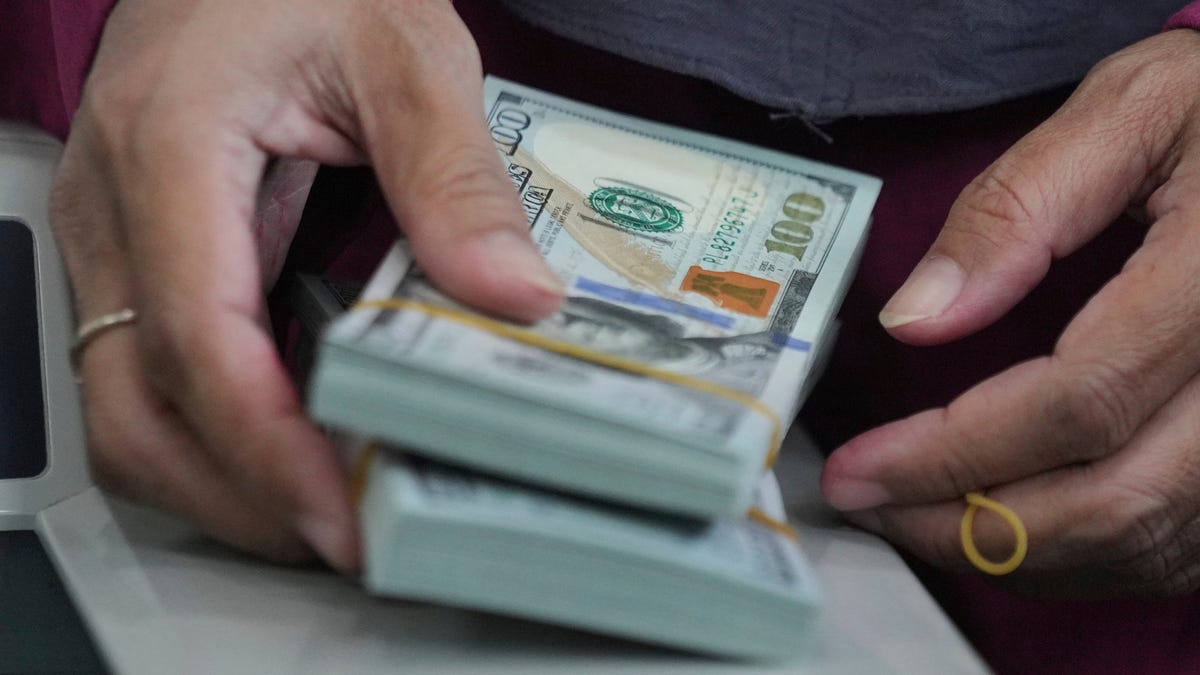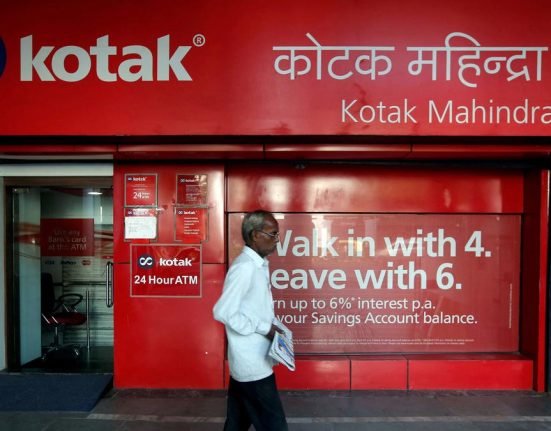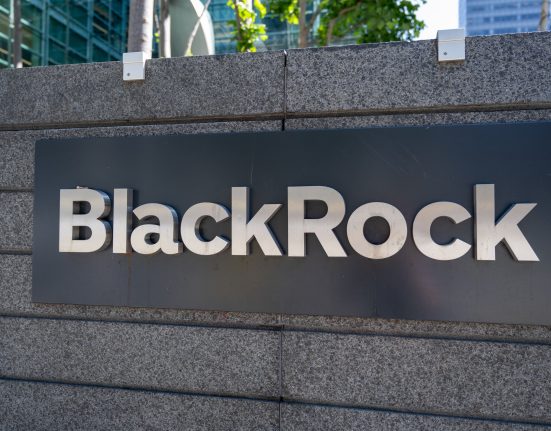Global investors have reduced protection against a weaker dollar, countering expectations from earlier this year that an increase in hedging would drag the currency down.
Data compiled by State Street Markets, a division of one of the world’s biggest money custodians, shows that non-US investors in American equities have cut their hedge ratio to 21.6%, down 2 percentage points from May. It’s roughly back to levels in early April, before tariff shocks roiled stock markets and the greenback.
That shows the shift in insurance against foreign-exchange losses has turned out to be less of a challenge to the dollar than feared. Analysts had warned that equity investors outside the US would continue to pile into hedges – typically by selling the currency in the forward market – to protect against further downside.
“This is nothing like past moves in the hedge ratio that we’ve seen before, where it’s moved by as much as 10%,” said Michael Metcalfe, head of macro strategy at State Street Markets. “It remains the dollar threat that has yet to trigger.”
The tariff turmoil hurt the commonly held view that the dollar was good insurance against US equity losses, since in previous bouts of risk-off sentiment the greenback traditionally rallied. Despite the change in correlation in April’s selloff, foreign investor behavior doesn’t seem to have shifted that much, Metcalfe said.
“Everyone’s very focused on it because everyone knows the hedge ratio is low and it could be higher, but the reality is that here we are in middle of August and it hasn’t really gone up,” Metcalfe said.
That may reflect the fact that investors typically look back over a longer period, such as three to five years, when assessing the best level of currency protection. On that basis, the dollar still looks like a decent hedge for periods where stocks have dropped.
On top of that, the dollar won some respite in July as the worst-case scenarios for trade tariffs appeared to have been averted. Meanwhile, a recovery in US stocks has seen the S&P 500 surge back to all-time highs.
Holding back
Given hedging comes at a cost, fund managers may simply be taking longer to decide on the best path from here. Three-month dollar hedging costs for euro-based investors, for example, climbed from a low of 1.31% last September to more than 2.40% in June and July, and are still holding above 2.20%.
“Investors seem to be holding back to see how much of what we’ve seen in the first eight months of 2025 will be repeated going forward,” Metcalfe said.
Earlier this month, Deutsche Bank AG suggested that July’s dollar bounce – when it posted its first monthly gain this year – may have been linked to a lack of new information around hedging decisions and portfolio re-allocations by long-term investors. Still, strategist Tim Baker said such changes are likely to take longer to play out.
“Our work has shown a raft of lightly-hedged dollar exposures around the world as of earlier this year, and we’re not sure that’s been addressed in a few short months,” he wrote in a note. “Our take – give this story time.”







